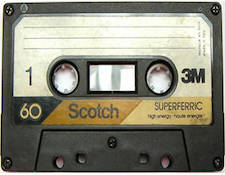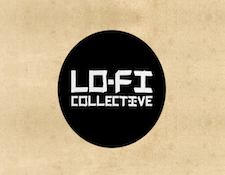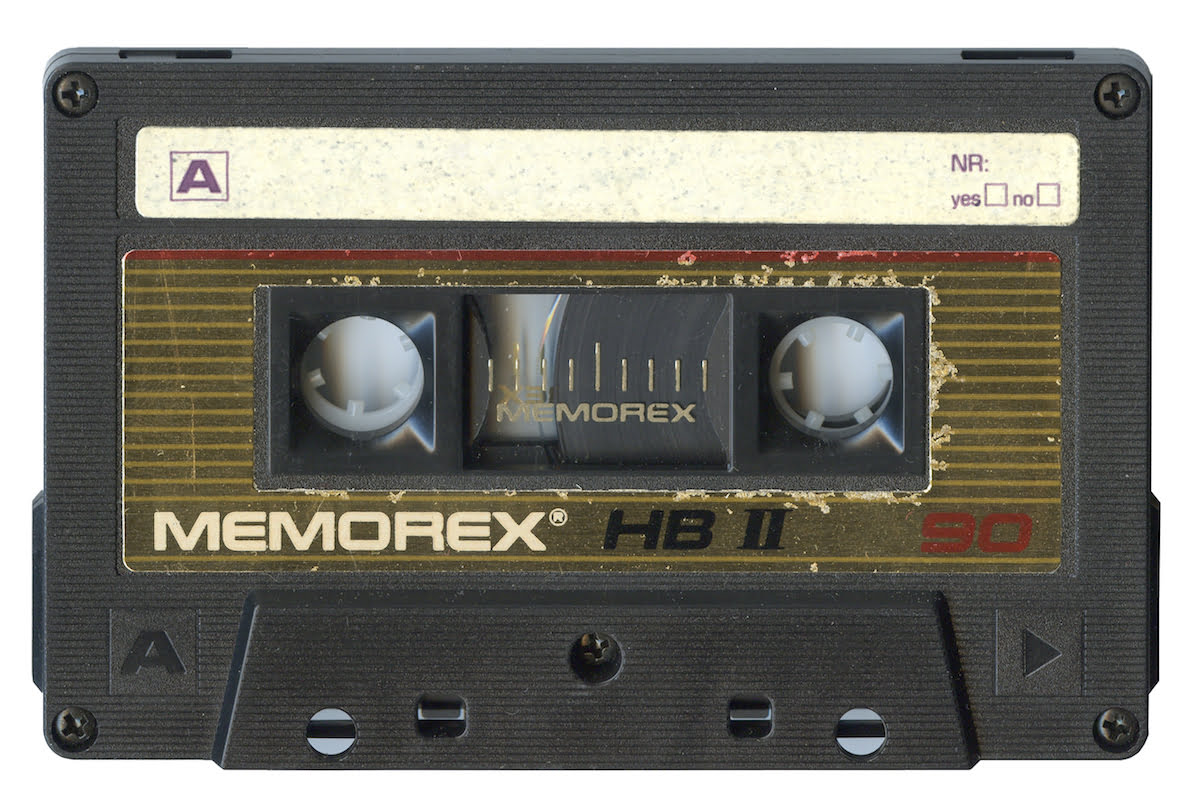It’s the time of year for saving money!
Shit-Fi
- (n) horrible audio quality (Your phone delivers total shit-fi.)
- (adj) of or pertaining to horrible sound quality (Those are some shit-fi earbuds.)
- deriv. c. 2010 – coined by frustrated recordmaker, Allen Farmelo
Audiophiles have lost the terms ‘lo-fi’ and ‘mid-fi’. ‘Mid-fi’ is nearly meaningless these days, as mid-priced stereo equipment now sounds relatively fantastic. Meanwhile, ‘lo-fi’ is hardly condemning enough to capture how bad the majority of public and private playback systems sound. Given changes in technology over the past ten years or so, ‘lo-fi’ and ‘mid-fi’ don’t desrcibe playback systems very accurately.
 However, the loss of the terms ‘lo-fi’ and ‘mid-fi’ is also caught up in the history of indie rock. The 90s craze for the so-called lo-fi recordings started with the band Guided by Voices who used the inherent noise, hiss, compression and distortion of 4-track cassette recorders as the defining character of their most beloved albums. As GBV got indie-huge, their hissy, distorted 4-track sound became the benchmark of white-educated-male-indie-authenticity. Lo-fi became not just a sound but a sub-genre, and it went great with the store-bought faded tee-shirts, trucker caps, expertly pre-damaged Telecasters and the bad canned beer that adorned a specific, non-ironic brand of hipsterdom. For a brief moment, lo-fi was part of an underground chique.
However, the loss of the terms ‘lo-fi’ and ‘mid-fi’ is also caught up in the history of indie rock. The 90s craze for the so-called lo-fi recordings started with the band Guided by Voices who used the inherent noise, hiss, compression and distortion of 4-track cassette recorders as the defining character of their most beloved albums. As GBV got indie-huge, their hissy, distorted 4-track sound became the benchmark of white-educated-male-indie-authenticity. Lo-fi became not just a sound but a sub-genre, and it went great with the store-bought faded tee-shirts, trucker caps, expertly pre-damaged Telecasters and the bad canned beer that adorned a specific, non-ironic brand of hipsterdom. For a brief moment, lo-fi was part of an underground chique.
Then, like most hipster-stuff, lo-fi was subsumed into mainstream culture. The first major leap came from the popularity of the intentionally distorted productions of The Strokes (who were unabashed fans and imitators of Guided by Voices). Engineer/producer Gus Olberg sculpted The Strokes’ records to sound lo-fi, but he did it while eliminating the hiss and mud of casettes and also delivering the loud, forward sonics required of a pop release. His was a kind of hi-fi version of lo-fi. Others quickly followed suit, and the recording software companies piled on with an infinite array of distortion generating algorithms that imitated everything from vintage telephones to broken AM radios to saturated tape machines. Before long you could hear distorted vocals, drums, bass and more across the Billboard charts from pop to hip-hop to R-n-B, alternative, metal, electronic, bro-country and electric jazz. Lo-fi had gone broadly mainstream.
Disgusted with this mainstream appropriation, indie rock began to drop its now-clichéd lo-fi aesthetic and suddenly there was a small, narrow community going after the “mid-fi” sound on their records. Mid-fi was basically a refusal to allow shimmering high-end or deep bass onto a recording while forgoing the overt distortion of lo-fi. As a producer working in NYC at the time, it was fascinating to hear artists describe this sonic goal. “I want it to sound good, but not too good, you know?” The word ‘warm’ came up a lot. I didn’t really get why one would want this (I happen to love treble and bass), but I did get that the terms ‘lo-fi’ and ‘mid-fi’ now described two production styles and were losing their power to describe playback systems.
While all this was going on, in 2007 we got the smartphone and thus underwent the most significant rise in tolerance for bad sound in human history. If the terms ‘lo-fi’ and ‘mid-fi’ had been swiped by indie rock culture, what were we to call the abominable sound of a 128kps MP3 streaming over a violently aliased bluetooth connection through some waterproof mini-speaker? How to describe the sound of a smart-phone’s not-so-smart $.oo5 D-A converter and $.007 headphone amp driving the ubiquitous and overtly bad-sounding white earbuds hanging out of everyone’s skull? Or a barista streaming low-bit-rate-junk into an array of underpowered speakers dangling from ceiling tiles? Or the exquisite torture of a gas station showering us with horribly distorted music as we bask in flickering fluorescent lights while inhaling gas fumes (the fumes being the only enjoyable part of that experience by a large margin)?
These new playback systems were neither lo-fi nor mid-fi. They were worse than that. There was no warm-n-fuzzy cassette tape compression, no engaging mid-range focus via single drivers, no technically-wrong-but-sonically-nice tube saturation. Shit-fi was just the digital era sounding its worst.
 It’s sad that we need this neologism, yet it’s a useful term. ‘Shit-fi’ distinguishes today’s sonic trash from the often lovely sound of intentionally lo-fi and mid-fi recordings. ‘Shit-fi’ draws a line between the gentle curves of analog distortion and the sudden harshness of digital hash. ‘Shit-fi’ properly designates a threshold of playback quality below which even the best recordings sound like shit. ‘Shit-fi’ describes the sound of consumer capitalism and globalization run amok.
It’s sad that we need this neologism, yet it’s a useful term. ‘Shit-fi’ distinguishes today’s sonic trash from the often lovely sound of intentionally lo-fi and mid-fi recordings. ‘Shit-fi’ draws a line between the gentle curves of analog distortion and the sudden harshness of digital hash. ‘Shit-fi’ properly designates a threshold of playback quality below which even the best recordings sound like shit. ‘Shit-fi’ describes the sound of consumer capitalism and globalization run amok.
Allen Farmelo is a record producer and founder of Butterscotch Records www.butterscotchrecords.net








